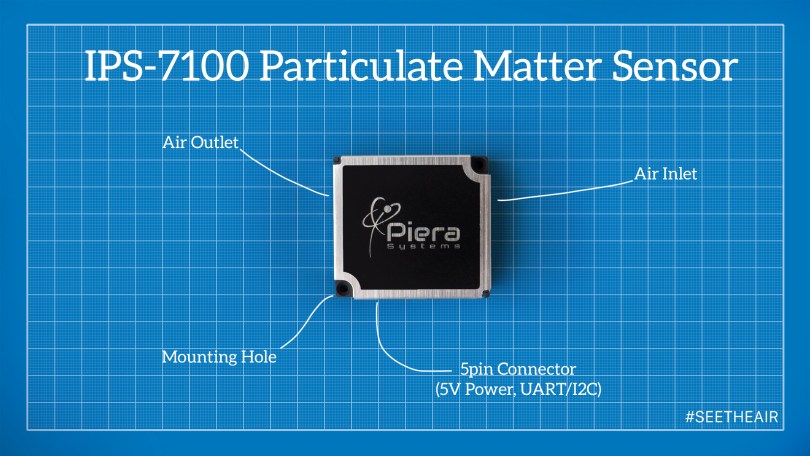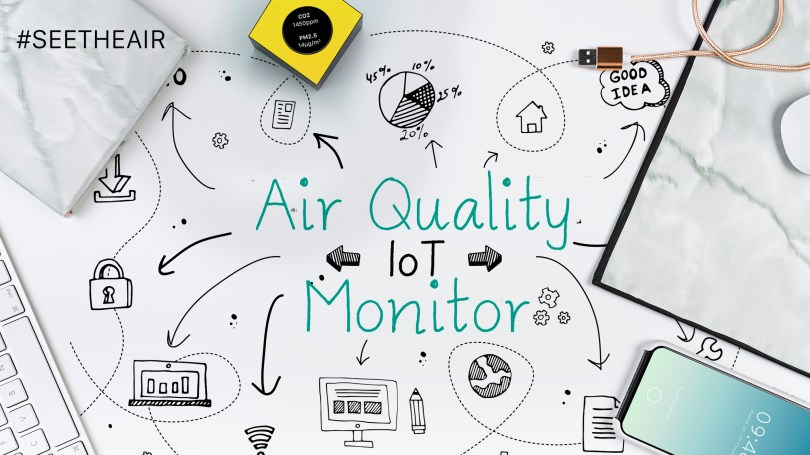Building a hardware startup is a hard business, we are well aware of that. Right now, there are a lot of indoor/outdoor Air Quality Monitors in the market that support low-cost sensors, unfortunately, even when the cost of the materials (aka BOM) is low, companies struggle to survive because of an initial bad business model.
If you want to enter into the game of the air quality or in general of the IoT, you have to ask yourself: How do I turn what I do into a compelling service?
When you sell a product you earn some money, typically three times more of what you have spent. However, your income relies only on that model and the problem with technology is that it evolves constantly, so tomorrow a new company will sell a product a bit better than yours because there will be a new sensor in the market and all future clients will shift their attention towards that device. Then you have to wait for a year or more in order to realize that you have to shut down your product and taking down with you a few hundred to thousand clients that have bought your AQM — More e-waste and frustration for the end-users.
For this reason, you have to invest in software development as well, and here comes my expertise. I have seen a lot of Air Quality Monitors, and I have collaborated with a fair number of companies in the field, but I always see the same mistake.
Some companies believe that they have to give customers free data support and services for life and if they turn their product into a paid service and they ask money based on a subscription model then they will lose costumers, but this is not necessarily correct. You are not going to ask someone to subscribe to your service to get just numeric values of a pollutant, you have to offer them something more than that. Something the competitors can’t offer because this feature is unique in your ecosystem. Maybe it could be restricted with a patent too.
Consumers really value good products especially when they can’t find something similar.
You are going to ask me, “What can I offer them?” You have two options, stay tuned for future articles or contact me in order to discuss how we can collaborate.












